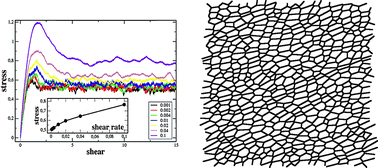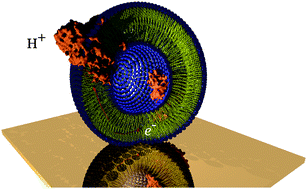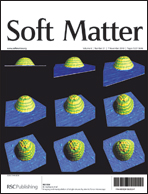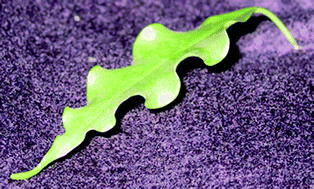In the tightly packed molecular world of the cell DNA is protected and wrapped up into small packages called chromatins. The complex plays a crucial role in living organisms because its dynamic organization is a key factor for controlling the regulation of gene expression.
To investigate the unwrapping process Qianqian Cao and coworkers at Jilin University, China, used coarse-grained molecular dynamics simulations to study the unwinding of a DNA-nanosphere complex when a force exerted on the DNA chain.

The team found that the wrapping degree and the folding state of DNA around the sphere is significantly dependent on the surface charge density and the salt concentration. When an external force is applied to two ends of DNA chain, different stages are observed in the stretching process as the complex is unwrapped. The team say that this behaviour also has been observed in experiments and other simulations on the stretching of chromatin.
Read Cao’s full article for free in Soft Matter here: Qianqian Cao, Chuncheng Zuo, Yanhong Ma, Lujuan Li and Zhou Zhang, Soft Matter, 2011, DOI:10.1039/C0SM00512F


















